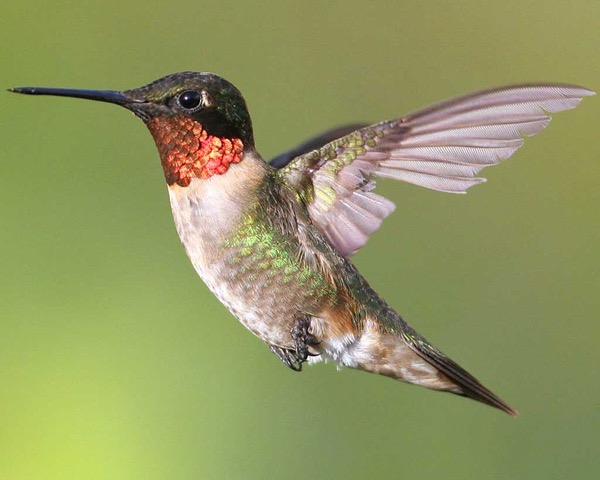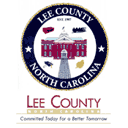Plants to Attract Hummingbirds
go.ncsu.edu/readext?790822
en Español / em Português
El inglés es el idioma de control de esta página. En la medida en que haya algún conflicto entre la traducción al inglés y la traducción, el inglés prevalece.
Al hacer clic en el enlace de traducción se activa un servicio de traducción gratuito para convertir la página al español. Al igual que con cualquier traducción por Internet, la conversión no es sensible al contexto y puede que no traduzca el texto en su significado original. NC State Extension no garantiza la exactitud del texto traducido. Por favor, tenga en cuenta que algunas aplicaciones y/o servicios pueden no funcionar como se espera cuando se traducen.
Português
Inglês é o idioma de controle desta página. Na medida que haja algum conflito entre o texto original em Inglês e a tradução, o Inglês prevalece.
Ao clicar no link de tradução, um serviço gratuito de tradução será ativado para converter a página para o Português. Como em qualquer tradução pela internet, a conversão não é sensivel ao contexto e pode não ocorrer a tradução para o significado orginal. O serviço de Extensão da Carolina do Norte (NC State Extension) não garante a exatidão do texto traduzido. Por favor, observe que algumas funções ou serviços podem não funcionar como esperado após a tradução.
English
English is the controlling language of this page. To the extent there is any conflict between the English text and the translation, English controls.
Clicking on the translation link activates a free translation service to convert the page to Spanish. As with any Internet translation, the conversion is not context-sensitive and may not translate the text to its original meaning. NC State Extension does not guarantee the accuracy of the translated text. Please note that some applications and/or services may not function as expected when translated.
Collapse ▲This article was written by Gail Griffin, Extension Master Gardener Volunteer in Lee County.
Within a few weeks, the first of our hummingbirds will arrive scouting out the landscape with others soon to follow as the weather warms and plants begin to bloom. Their migration has brought them across the Gulf of Mexico into our backyards and they will be our visitors for months to come. After such a long journey, shouldn’t we offer them more than just granulated sugar and water? After all, making a guest feel welcome is the sign of a good host.
Hummingbirds are our tiniest birds, most weighing less than a nickel. They come from Central America and Mexico to raise their young, only to return round trip in the fall. In the meantime, they need places to nest and perch, shelter, and most  importantly, a supply of food. They are attracted to red or orange tubular flowers, but do not feed on them exclusively. Their long bills allow them to reach nectar deep inside the bloom. As they travel from flower to flower, they inadvertently spread pollen as they go, making them important contributors to pollination.
importantly, a supply of food. They are attracted to red or orange tubular flowers, but do not feed on them exclusively. Their long bills allow them to reach nectar deep inside the bloom. As they travel from flower to flower, they inadvertently spread pollen as they go, making them important contributors to pollination.
A landscape that provides varieties of trees, shrubs, vines and perennials that have a succession of blooms throughout the spring and summer will help ensure a continuous supply of nectar. Native trees such as red buckeye, hawthorn and yellow poplar not only produce blooms, but also provide nesting areas. Shrubs that have bloom times that range from early spring to mid and late summer include wild azalea, rhododendron, and buttonbush. Some of our native vines also fill the bill with their color and tubular flowers like coral honeysuckle and trumpet vine. Bee balm, jewelweed and cardinal flower are only a few of the perennials that can be grown in mixed borders along with annuals like petunias and salvias. Native plants are emphasized as they produce a greater amount of nectar than hybrids or exotic species. There are many plants that can be grown in containers for smaller spaces. For a more complete list of plants that attract hummingbirds, go o content.ces.ncsu.edu/hummingbirds-and-butterflies or explore the extension gardener toolbox at plants.ces.ncsu.edu
So grab the popcorn, find a front row seat and be prepared to watch the boys and girls of summer. They are coming soon to a backyard near you.
Gail Griffin is an Extension Master Gardener Volunteer for North Carolina Cooperative Extension in Lee County.




